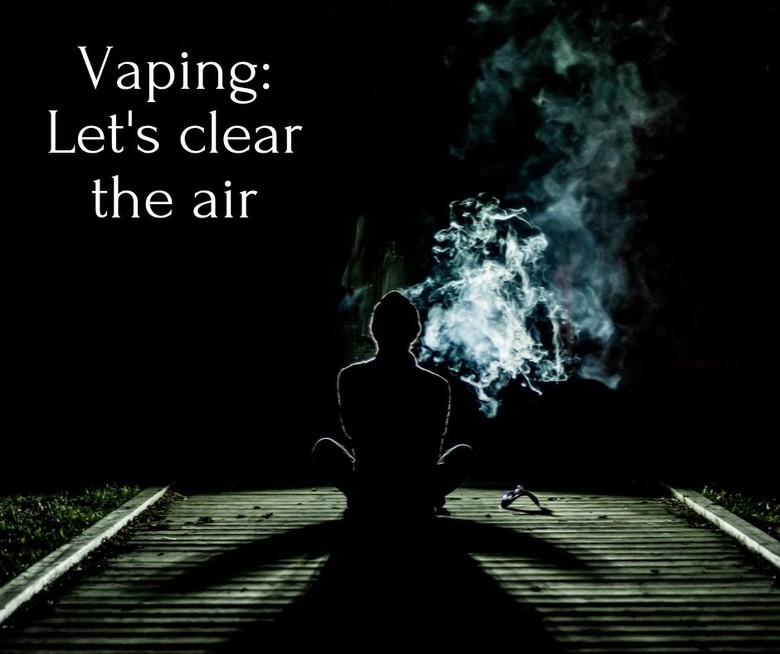The Vaping Epidemic’s Aftermath on High School Students
It used to be cigarettes. Teens would buy them without their parents’ consent and they would smoke at parties or when their parents weren’t home. As technology has shifted, so have tobacco products.
Originally designed to help adult smokers quit, e-cigarettes, products in which glycerol, nicotine, and flavors are heated to create smoke, are instead introducing many youths to nicotine.
In recent years, e-cigarette product sales and the number of users have increased rapidly. In 2017, nearly 2.1 million middle and high school students were able to get access to these technological fumigators for recreational use.
Although the FDA is trying to fund an anti-smoking campaign for minors, many have criticized its slow progress.
One Harriton student I spoke to said, “There’s not enough scientific research about vaping, yet. There can’t be much rallying against it if there isn’t concrete evidence to prove it’s harmful to health.”
This belief, common among youths, is anything but true.
While e-cigarettes contain lower levels of toxins than traditional cigarettes, they still do contain harmful substances that can irritate your lungs in the short term and cause larger problems after long-term use.
One study found that propylene glycol, the main ingredient heated in vape products, can irritate the respiratory tract after only five minutes of use. Long-term exposure to this ingredient can damage the central nervous system and spleen.
There are also nanoparticles of toxic metals, like nickel and lead, in vape smoke, which can collect in the alveolar sacs in the lungs.
Another safety concern is the nicotine content of e-cigarettes. Around 30 puffs on a vape is equal to the nicotine content of one traditional cigarette.
Once you try a single “hit,” you can easily become hooked on the product, and your brain will begin to develop an addiction to the substance. This can lead to intense withdrawal symptoms if you try to stop.
Peer pressure plays a large role in teenagers’ decision-making. Harriton sophomore Maria Persuad summarized it well:
“It’s always been up to the young people of a generation to think up the crazy new thing that gains notoriety for them. From swallowing goldfish in the 40s (which started at Harvard!) to eating Tide Pods in the 2010s, these fads that become cool are usually pretty dangerous. However, vaping takes this to a whole new extreme.”
With the brain still developing and hormones flowing through the body, teenagers often look to each other for help and advice.
Sometimes this is beneficial, as this could lead to a teen seeking help to resolve an issue. On the other hand, peer pressure can convince students that they will be ostracized if they don’t take part in certain activities.
In our school district and others, we have seen the issues that vaping has caused for many high schoolers. In Wisconsin alone, nearly a dozen vape users have gone to the hospital with complaints regarding breathing. Two kids in schools in Bucks County, Pennsylvania, passed out and experienced breathing troubles related to their vaping habits.
This has led a number of states to file lawsuits against Juul, seeking compensation for the dangers they have introduced to middle and high school students.
High school is a place where students learn to take control and ownership of their decisions. Whether you choose to steer clear of vaping or succumb to peer pressure, first think about the long-term effects of your choices today and how they will impact your future goals.
As one Harriton student said, “I’m not willing to risk my life for the chance to inhale steam and chemicals.”

Quinn is a senior and is excited for his fourth year on the Harriton Banner, and his second year as editor of the Science & Tech section. Other than...



